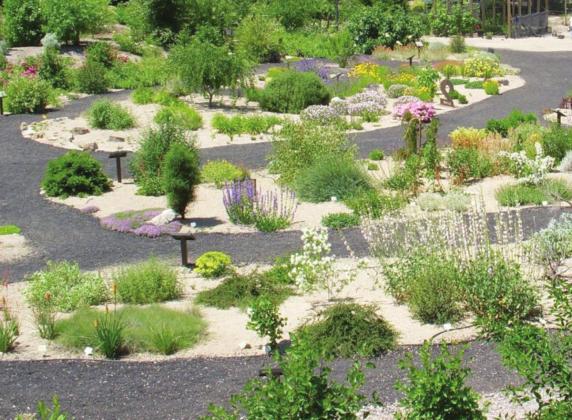Fires are a vital part of considerations in landscaping, as they help maintain a healthy natural ecosystem. Fire control agencies have significantly played a part in fire prevention and the protection of homes, but there are actions which an individual homeowner can initiate to reduce the vulnerability of their lawns to fire.
When it comes to lawns and wildfire risk, two significant factors contribute to the risk of wildfire: surrounding land use and the surrounding vegetation. Living in subdivisions surrounded by households makes it improbable for wildfires to reach homes. However, living in areas surrounded by undeveloped or wooden lands places home to the highest risk in the event of wildfires.
The type, size, and density of vegetation in the surrounding near the yard determine the risk to wildfires such a yard could have. The significant characteristics of firewise plants (plants with low flammability) include high moisture content, broad and thick leaves, low chemical content, open and lose branching patterns, and low amounts of dead material.
Thin and needlelike leaves have a high likelihood of drying out and can easily ignite. The presence of chemicals, including oils in the leaves and branches of a plant, would increase its flammability. Deciduous plants are considered less flammable as compared to the evergreen plants. The accumulation of dead material, including leaves and branches, profoundly influences the flammability of a plant.
Reducing the density of plants on underdeveloped land by prefessionals is perhaps one of the best ways that can help minimizing the effects of wildfires on those pieces of land. Both mechanical treatment and professional application of the prescribed burning treatment can assist in reducing the density of plants on a little piece of land. Additionally, creating an area of defensive space (an area of vegetation between natural areas and homes) that breaks the continuity of plants and allows for firefighters to access and protect a home in the event of fires is essential.
In the absence of firefighters, the defensive space also increases the chances of a home surviving a wildfire event. It is recommended that at least 30 feet of an area be maintained extending from the house to plants that are low inflammability for an efficient defensive space. Along with the defensive space, the driveway to a house should be maintained with a 15-foot clearance of vegetation for easy maneuver of trucks.
The plants that make up the landscape should be adequately watered to maintain healthy plants and prevent drought stress. In cases where the home is located in areas with extended dry seasons and droughts, low water use landscape with drought tolerant plants is highly advised.
Do you want to learn more? Call the UF-IFAS Plant Clinic at 321-697-3000 or email gardening questions to epabon5@ ufl.edu. In addition, we are hosting a Plant Market on Feb. 26 at Osceola Heritage Park; at the market we are going to have plant vendors, classes, kid’s activities and more. Parking and admission to our Plant Market are free.




